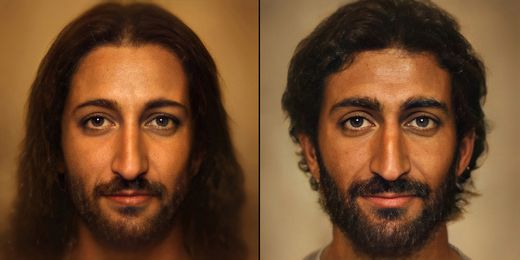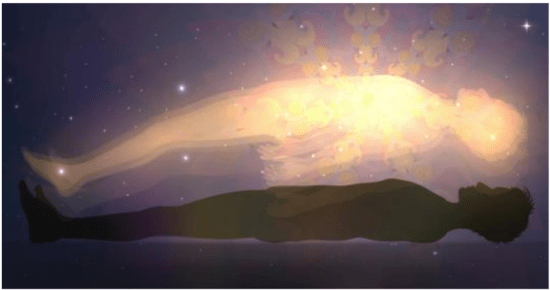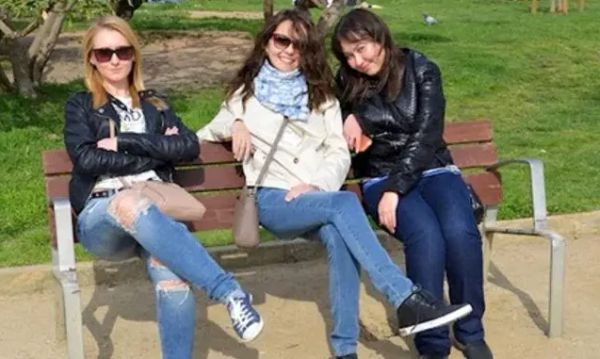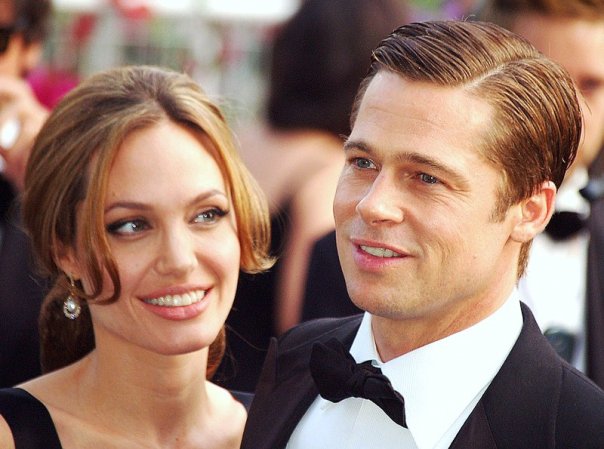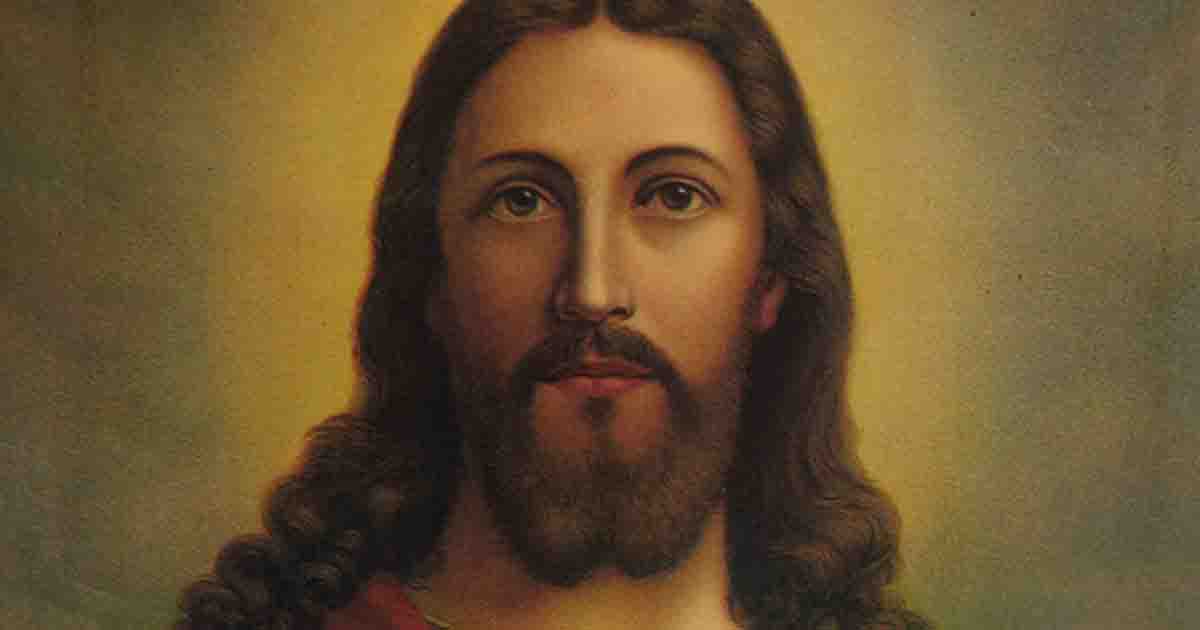
We’ve all seen countless images of Jesus – a man with long hair, a beard, and light skin, dressed in flowing robes. But here’s an eye-opener: those depictions are probably far from accurate. In fact, experts say that famous artworks like Leonardo da Vinci’s “The Last Supper” and Michelangelo’s “The Last Judgment” have influenced our perception of Jesus’s appearance without any concrete evidence. So, let’s delve deeper into this topic and explore a more realistic portrayal of Jesus.
A Dutch artist named Bas Uterwijk used modern computer technology to create an image of Jesus that might be closer to reality. By training a computer program on various photos and paintings, including works by da Vinci, Uterwijk adjusted the features to reflect someone from the Middle East, thus challenging the commonly held representations. However, it’s important to note that this image remains an artistic interpretation and not an absolute match.
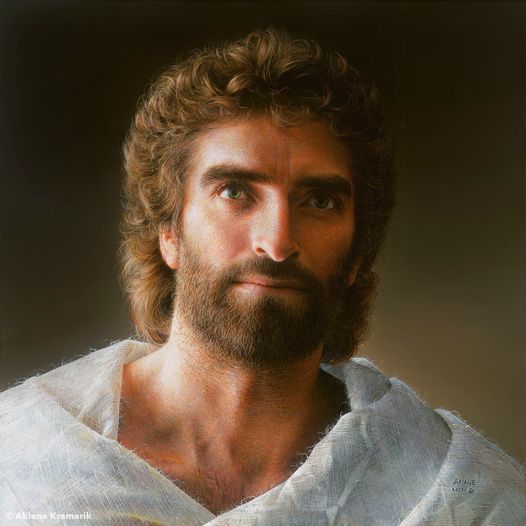
In a separate project, a team of scientists from the UK and Israel utilized ancient skulls and modern forensics to construct a 3D image of Jesus’s face. Led by Dr. Richard Neave, known for his work in recreating historical figures, they combined science and history to offer a glimpse of Jesus’s likely appearance. The result suggests that Jesus had a broad face, dark eyes, short dark hair, a thick beard, and tan skin, aligning with the physical characteristics of people from Galilee during that time. Intriguingly, the Gospel of Matthew hints that Jesus resembled his disciples, further supporting this representation.
To create this image, the team employed advanced methods. X-rays of skulls from Jesus’s era and region were carefully examined, slice-by-slice, using computer technology. By analyzing the thickness of skin and muscles, they developed a 3D digital model and a physical model using clay. The facial features, such as the eyes, nose, and lips, were sculpted based on the shapes of the skulls. While this analysis provided much insight, certain details like eye color and hairstyle could only be guessed from the cultural and historical context of the time.
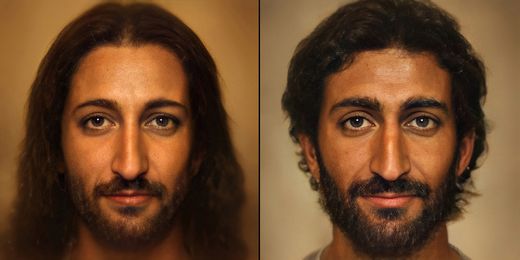
An interesting clue regarding Jesus’s hair length comes from a line written by Paul in the Bible, stating that “if a man has long hair, it is a disgrace to him.” Based on this, the team speculated that Jesus likely had short hair with tight curls, contradicting the traditional long-haired portrayal. Regarding Jesus’s height and weight, the team studied bones from men of the same era and region, helping them estimate an average body size for a Jewish man in Galilee at that time. According to their findings, Jesus was around 5-foot-1 and weighed approximately 110 pounds. Given that Jesus worked as a carpenter and spent much of his time outdoors, it is believed that he had a tan and a more muscular physique than typically depicted in art.
Interestingly, when the updated image of Jesus was shared on social media, it garnered a strong and positive response. This representation closely resembles a painting called “Prince of Peace” by Akiane Kramarik, who claims to have painted Jesus as she saw him in her dreams at the age of eight. Today, her artwork is highly regarded worldwide.
These findings challenge our preconceived notions and demonstrate how science and technology can aid us in understanding our history. While we’ll never have a definitive image of Jesus, exploring these updated depictions allows us to engage in thoughtful conversations and broaden our perspectives on his appearance. So, what are your thoughts on this new portrayal of Jesus? Let’s discuss and continue to explore the intriguing subject of his updated appearance!
